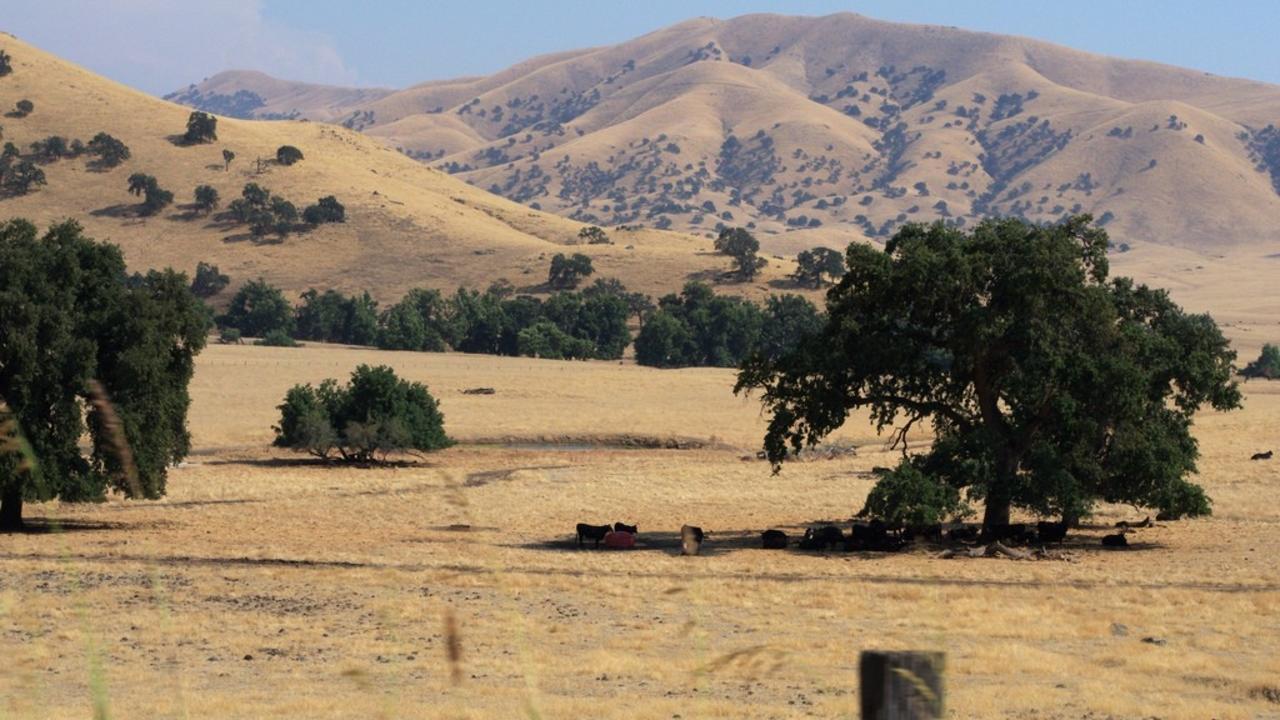5 Keys To Building Healthy Soil

Everyday we hear of soil scientists, farmers, and gardeners alike discovering something new about the rich world under our feet: soil! Soil is an amazing living ecosystem in which we rely so heavily on for our food, medicine, shelter, and clothing.
Our work at Ecology Artisans is heavily influenced by soil regeneration pioneers such as Dr. Elaine Ingham, Gabe Brown, Dr. Christine Jones, Colin Seis, and Darren J. Doherty. We as a company believe that healthy soil solves many issues that our society faces. Stormwater runoff, droughts, and soil loss become mitigated when we have healthy soils that can store water for longer periods of time. Not to mention that healthy soils create healthy food, which leads to a healthier, less disease prone and robust society.

A 1% increase in organic matter in our soil increases water holding capacity by 25,000 gallons per acre. Photo courtesy of Kiss The Ground.
Whether you are a backyard homesteader, native plant landscape lover, or large scale fa...
The Benefits of a Mature Hedgerow

The hedgerow is recognizable as a common feature throughout the countrysides of the United Kingdom, Ireland, and throughout Massachusetts, here in the states. Hedgerows are roughly defined as a contiguous line of shrubby plant material, mixed with tree species.
Benefits of a Mature Hedgerow

Example of a hedgerow
According to data from a 2007 survey conducted by Hedgelink UK, an organization based out of the united kingdom, there are approximately 250,000 miles (402,000 km) of managed hedgerow, with another 60 or so thousand that have become feral. In the same report, there is mention of mature hedgerows that are estimated to be around 800 years old. This clearly shows that hedgerows have been a common tool in the development of sustainable/regenerative land stewardship for a significant period of time. As a major component of a region’s green infrastructure, this type of longevity becomes critical for maintaining regional diversity of flora and fauna, healthy soils, and high yield...
A Transitional Strategy Out of Avocados and Citrus

Avocados and Citrus have long been mainstays of the agricultural economy here in San Diego County. With the California drought stretching into its fifth year (this El Niño looks to finally release us of that stretch, thankfully), many of the farmers that rely on these crops for their main cash flow are struggling. Farms are removing and stumping thousand of acres of avocados and oranges all over the county. While they grow well here with adequate water and fertilizer, maybe Avocados and Citrus were not the best crops to plant in San Diego in the first place. Our Mediterranean-style climate, with it's cyclical drought cycles, has challenged anyone making their living or subsisting from the land in Southern California.
History of Avocados in San Diego
“The first avocado trees were brought to the state in 1871”, according to Jack Shepard, who worked in the business 44 years and is a past president of Calavo California Avocado co-op, the state's largest avocado growers co-op.

Source: ...
Restoration Agriculture Systems for San Diego County

Farming is never without its challenges, especially in San Diego County. Compared to other farming areas nationwide, San Diego farmers face costly imported water ($600/acre ft.), biologically and nutrient depleted soils, expensive land, and difficult terrain. These pressures force San Diego farmers to be selective in the crops they plant or animals they raise.

Low rain fall coupled with record temperatures can spell disaster for California agriculture unless systemic changes take place.
On the upside, our Mediterranean climate affords farmers the ability to grow exotic and sub-tropical species that can command a high price (until the market is saturated). However, that same Mediterranean climate also means a prolonged dry season with 80% of the year's water usually arriving between December and March. Our coasts receive the least amount of rainfall, on average, with 9.9" compared to the inland mountains' 40"; both paltry numbers for one of the United State's largest agricultural pr...
